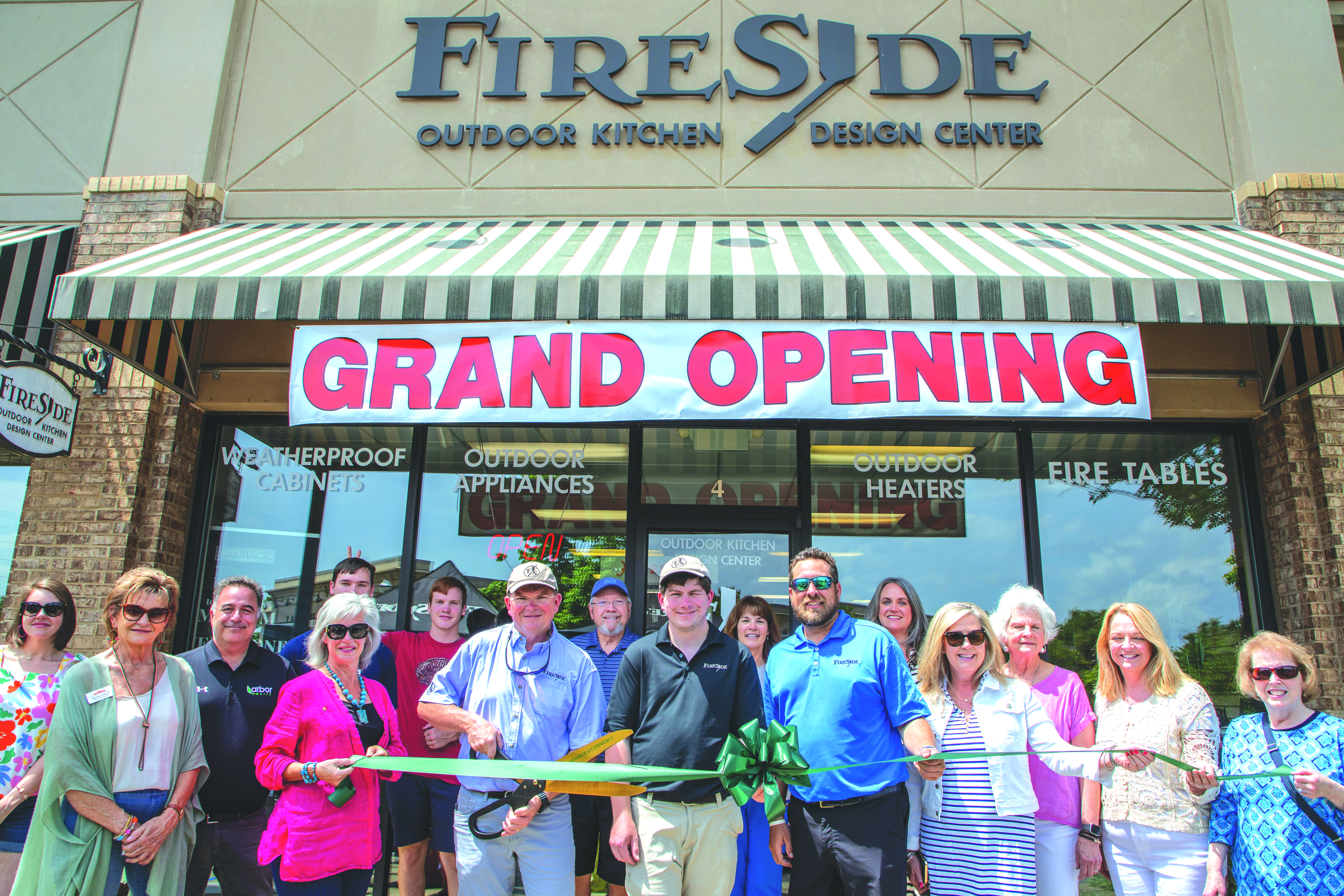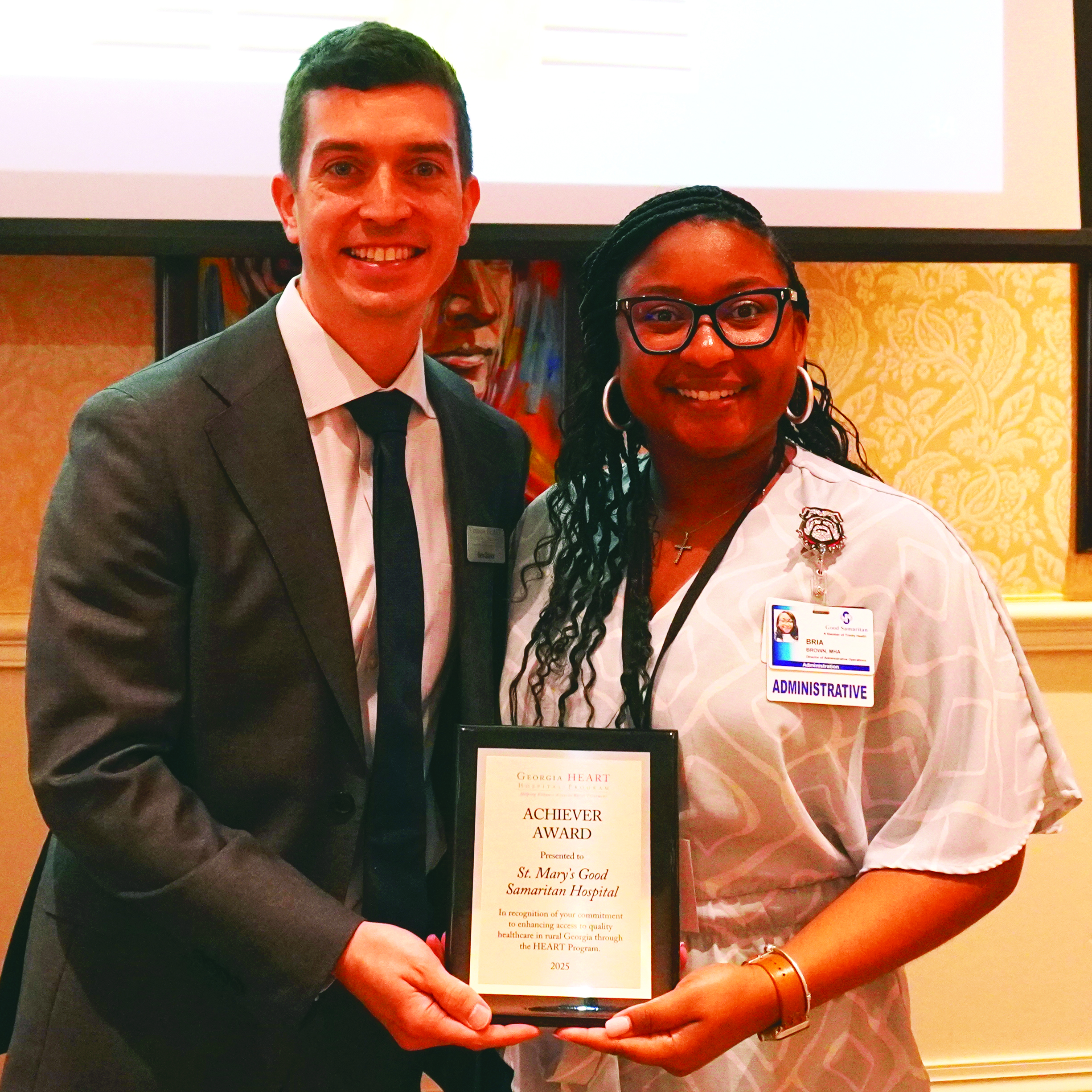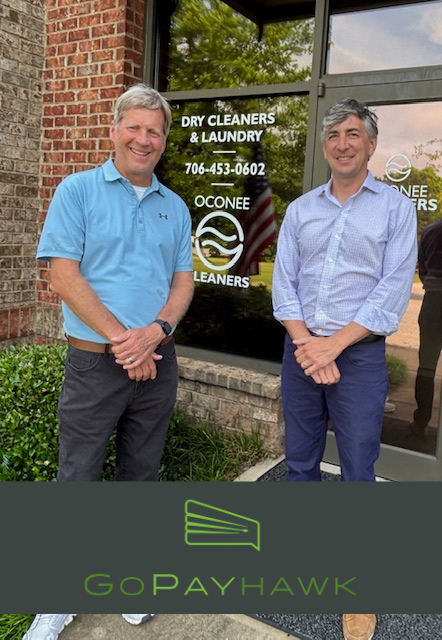Don’t get injured trying to get into shape
Published 2:35 pm Wednesday, November 5, 2008
Elliptical machines, treadmills, rowing machines and stationary bikes are all good pieces of equipment, each having advantages and disadvantages. While weight-bearing exercise equipment is recommended, personal preference is often the determining factor.
I’m a runner and have been for over 35 years, but I don’t usually recommend a treadmill. It’s very easy to trip and hurt yourself; especially if you’re older and your balance is already compromised.
To avoid tripping and get the greatest benefit from this type of equipment, you have to really pick your feet up. Since most people have tight calf muscles, and usually don’t stretch properly, that can be quite difficult and result in shin splints, calf pain, problems with heel spurs or plantar fasciitis (pain under the arch).
Elliptical machines provide the same weight-bearing (standing) stress on your skeletal system (very much needed to prevent osteoporosis) without the pounding that even good treadmills can cause. They also hold your feet in place better than a treadmill, work your arms and upper body, and while doing so give you more to hold on to.
The major problem with elliptical equipment is discomfort on the bottoms of the feet. Some have ridges on the pedals used to prevent you from sliding. These are poorly designed, do not fit specific foot sizes, and cause too much friction. For added comfort, I suggest that people put a hard, thin piece of rubber (or some other type of cushioning material) on the pedals to eliminate these ridges.
Regardless of the piece of equipment you choose to use, I think anyone who decides to go on an exercise program should get a medical clearance from their physician. In addition they should be structurally evaluated. Since no one is perfect, everyone has structural problems and the older we get the more significant they become.
I cannot begin to tell you how many patients I see who have gotten injured in their attempts to get into shape. For example, if you have a foot that pronates or rolls inward (flattens), it will cause your knee to internally rotate (turn inward). The result is often a great deal of knee pain. And for those with arthritis, this easily preventable and correctable problem can make exercise quite difficult if not impossible.
I’m all in favor of exercise. But to avoid damage to your joints and improve performance, just make sure you do so in proper alignment. Remember that, “health is something you can go through on the way to fitness.” Don’t become injured trying to get into shape!
—A former reconstructive foot and ankle surgeon and past clinical instructor of medicine at Emory University School of Medicine, Dr. Pack practices at MCG Medical Associates, Lake Oconee Village in Greensboro. He specializes in biomechanical structural analysis and works with patients who have arthritis and wish to decrease joint symptoms and remain active. Dr. Pack also treats athletes at all levels. In the 2004 Olympics he had a silver and gold medalist and helps the UGA Golf Team (2005 NCAA National Champions). For further information please see his web site at www.drloupack.com or contact him directly at 706-454-0040.





